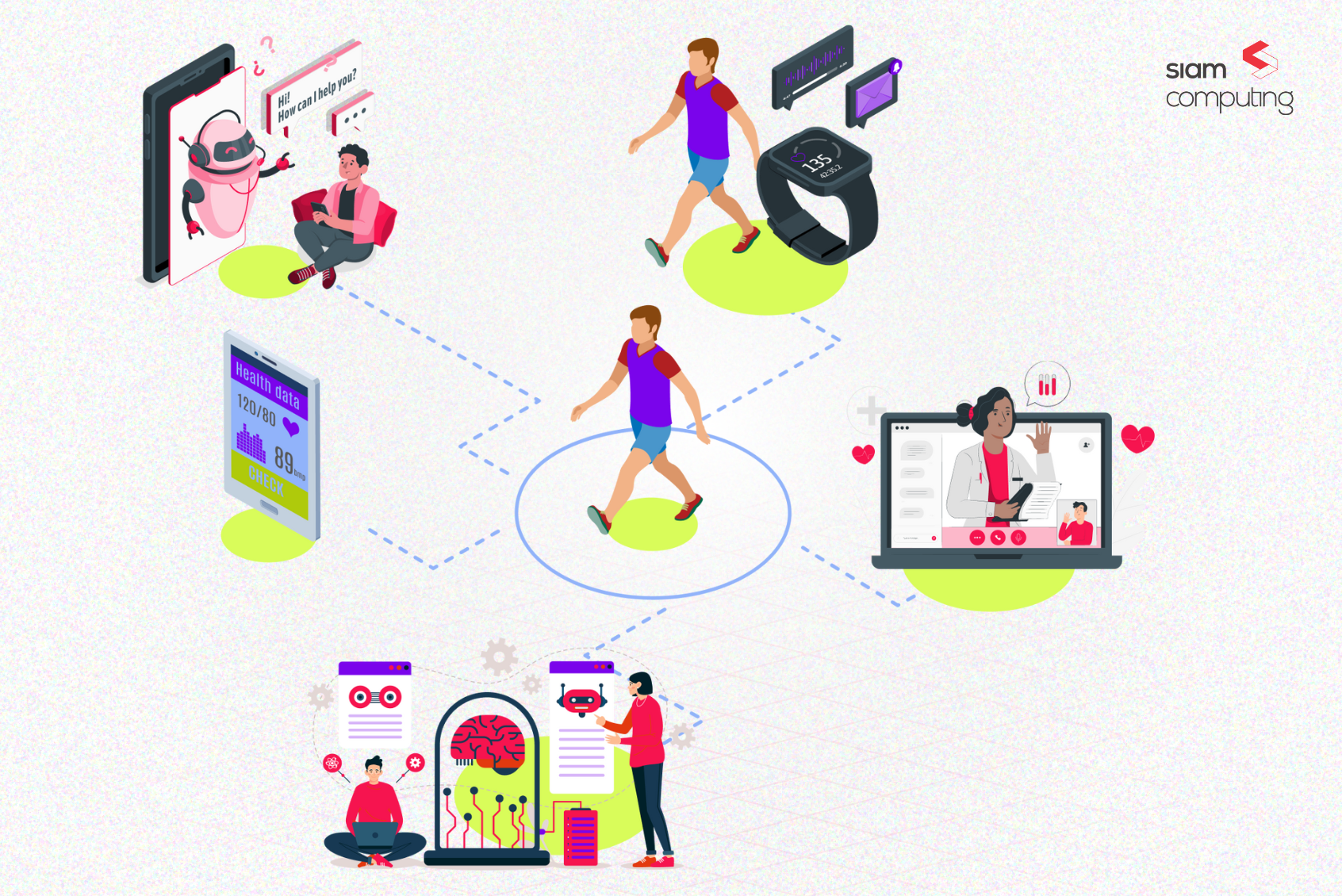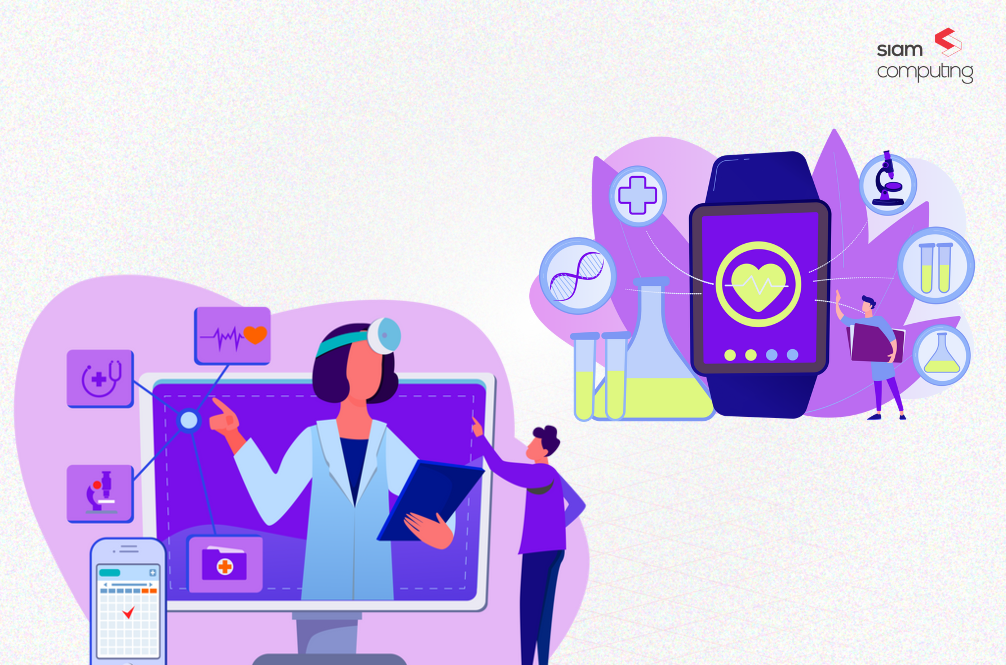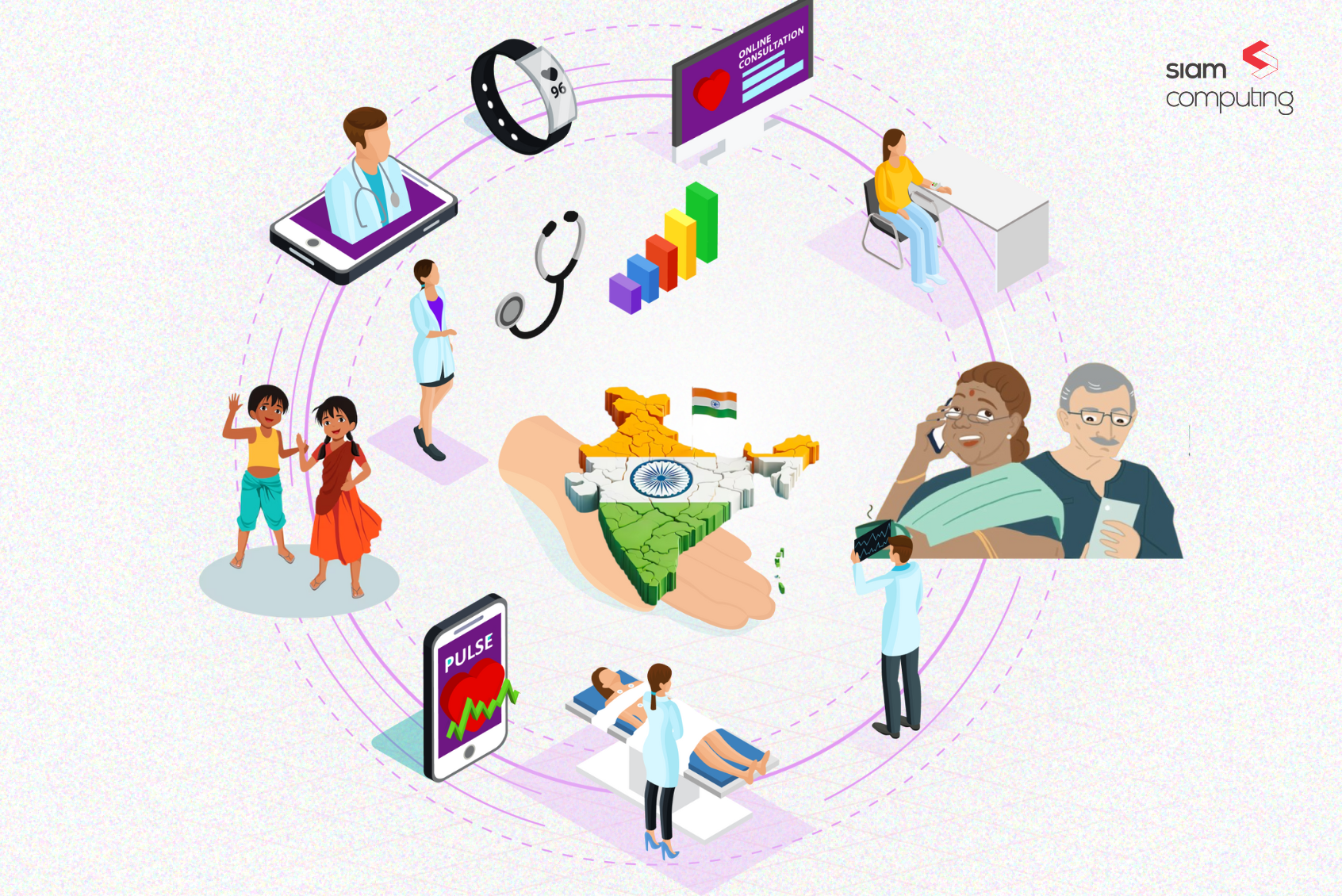Claims processing remains a persistent challenge for payers, providers, and patients in today’s healthcare landscape. Yet, the efficiency and accuracy of this process are often hindered by legacy practices and outdated software systems, leading to unwarranted or unjustified claims denials.
According to the American Medical Association (AMA), up to 7% of claims submitted by healthcare providers are denied. However, the average success rate for appealed claims was around 25%, indicating that a significant number of denials were overturned upon appeal.
This statistic underscores the pervasive nature of the problem and highlights the need for tech interventions in claims processing systems. These ‘false’ denials can result in significant financial losses and increased administrative burdens for providers and payers, and have a negative impact on patient care.
Let’s explore the cost of unjustified claims denial, how legacy practices and software contribute to improper claims denials, the impact of these denials on the healthcare industry, and how modern payer portals can streamline claims processing to reduce the incidence of valid claims being denied.
The Cost of Claim Denials
Claim denials can have a significant financial impact on both payers and providers.
Payers may incur additional costs related to appeals, rework, and penalties when valid claims are denied due to inefficiencies of systems and processes. The impact on payers are also the often unquantifiable loss of trust and future business.
Providers may experience revenue losses, delayed payments, and increased administrative burdens. Additionally, claim denials can negatively impact patient satisfaction and loyalty.
Providers spent nearly $20 billion in 2022 pursuing delays and denials across all payer types, yet those efforts are substantially more costly on average when dealing with private plans, Premier, a group purchasing organization, wrote in a recent blog post.
Just over half of the total comes from denied claims that are eventually paid out, meaning that about $10.6 billion is “wasted arguing over claims that should have been paid at the time of submission,” Premier wrote.
Provider-Payer Relationship: Repeated denials can strain relationships between healthcare providers and payers, leading to mistrust and collaboration challenges.
Patients are inadvertently affected the most and face dire consequences. Delays in claims processing can lead to delays in treatment, affecting patient outcomes. When claims are denied unjustly, patients also face unexpected out-of-pocket costs, which can lead to financial hardship.
Additionally, the appeals process can be time-consuming and stressful for patients.
By understanding the common pitfalls associated with traditional approaches, payers can take proactive steps to streamline their claims processing and reduce unnecessary denials, ultimately improving the overall patient experience.
Common Causes of ‘Wrong’ Claim Denials
1. Manual Data Entry and Verification
Manual data entry is a significant contributor to claim denials due to the high likelihood of human error. Errors such as typos, incorrect codes, or missing information can lead to claims being rejected or processed incorrectly. Additionally, manual verification is a time-consuming process that can delay claim processing and increase operational costs.
Key Issues:
- Typos and Incorrect Codes: Even small errors, such as a single misplaced digit in a CPT code, can result in claim denials.
- Inconsistent Data: Manual data entry can lead to inconsistencies between different data fields, such as patient information, provider details, and diagnosis codes.
- Delayed Processing: The time spent on manual verification can significantly delay claim processing, causing financial losses for providers and impacting patient satisfaction.
2. Outdated Software Systems
Legacy software systems often lack the necessary features and capabilities to support modern claims processing requirements. These outdated systems may not integrate seamlessly with other applications, leading to data inconsistencies and errors. Additionally, they may have limited functionality, making it difficult to automate tasks and streamline workflows.
Key Issues:
- Lack of Integration: Outdated systems may not integrate well with electronic health records (EHRs), patient eligibility databases, or other essential applications, resulting in data silos and manual data entry.
- Limited Functionality: Older systems may not support advanced features such as automated eligibility verification, prior authorization workflows, or real-time claim status updates.
- Increased Costs: Maintaining and upgrading legacy systems can be expensive and time-consuming, diverting resources away from core business operations.
3. Complex Eligibility Verification
Verifying patient eligibility manually can be a time-consuming and error-prone process. Manual checks may result in inaccurate eligibility determinations, leading to claim denials and financial losses. Additionally, manual verification can delay claim processing, causing frustration for patients and providers.
Key Issues:
- Inaccurate Data: Manual checks may rely on outdated or incomplete patient information, leading to incorrect eligibility determinations.
- Delayed Processing: The time spent on manual eligibility verification can significantly delay claim processing, causing financial losses for providers and impacting patient satisfaction.
- Manual Data Entry: Manual verification often involves manual data entry, which can introduce errors and inconsistencies.
4. Inefficient Prior Authorization Processes
Prior authorization processes can be complex and time-consuming, especially when they rely on paper-based systems and manual review. Inefficient prior authorization processes can lead to delays in claim processing, increased administrative burdens, and reduced patient satisfaction.
Key Issues:
- Paper-Based Systems: Paper-based prior authorization processes are slow and prone to errors, as documents may be lost or misplaced.
- Manual Review: Manual review of prior authorization requests can be time-consuming and may lead to inconsistent decisions.
- Delayed Processing: Delays in prior authorization approvals can significantly delay claim processing, causing financial losses for providers and impacting patient satisfaction.
5. Poor Communication and Collaboration
Effective communication and collaboration between different departments is essential for efficient claims processing. However, silos and inefficient communication can lead to delays, misunderstandings, and claim denials.
Key Issues:
- Silos: Isolated departments may not have access to the information needed to resolve claim issues promptly, leading to delays and inefficiencies.
- Lack of Coordination: Ineffective communication can result in misunderstandings and errors, such as claims being submitted to the wrong payer or with missing information.
- Delayed Resolutions: Poor communication can delay the resolution of claim denials, causing financial losses for providers and impacting patient satisfaction.
The Need for Modernization
To address the challenges posed by legacy software, systems, and manual processes, healthcare organizations must prioritize the modernization of their claims processing systems. This involves not only upgrading software but also rethinking the underlying processes and workflows to align with best practices and the latest technological advancements.
Modern payer portals can play a crucial role in streamlining claims processing and reducing claim denials. By providing a centralized platform for communication, collaboration, and automation, payer portals can help payers to improve efficiency, accuracy, and patient satisfaction.
Streamlined claims processing is essential for reducing claim denials and improving the overall patient experience. By automating tasks, enhancing data accuracy, and improving communication, payers can reduce unnecessary denials, improve patient satisfaction, and increase revenue.
Key Considerations for Modernization:
- Technology Stack: Evaluate the current technology stack and identify areas where upgrades or replacements are necessary. Consider cloud-based solutions, AI-driven tools, and platforms that offer seamless integration with other healthcare systems.
- Process Automation: Leverage automation to reduce manual intervention in claims processing. Automation can help eliminate human error, speed up processing times, and ensure consistency in claims submissions.
- Regulatory Compliance: Ensure that any new system is designed to meet current and future regulatory requirements. This includes the ability to quickly adapt to changes in coding standards, billing rules, and payer guidelines.
- Training and Change Management: Modernization efforts should be accompanied by comprehensive training for staff and a change management strategy to ensure a smooth transition. This includes educating staff on new processes, tools, and compliance requirements.
Key Features of Modern Payer Portals:
- Real-Time Data Integration: Modern payer portals integrate with various healthcare systems, such as Electronic Health Records (EHRs), Practice Management Systems (PMS), and billing software. This real-time integration ensures that all necessary patient and billing information is accurate and up-to-date, reducing errors that could lead to claim denials.
- AI-Driven Analytics: Artificial Intelligence (AI) plays a pivotal role in modern payer portals. AI-driven analytics can predict claim outcomes, flag potential issues before submission, and provide actionable insights to optimize the claims process. Machine learning algorithms continuously learn from past data, improving the accuracy of claims processing over time.
- Automation of Manual Processes: Automation is a cornerstone of modern payer portals. From data entry to claims adjudication, automation reduces the need for human intervention, thereby minimizing the risk of errors. Automated workflows can also expedite the approval process, ensuring that claims are processed faster and with greater accuracy.
- Compliance Management: Modern payer portals are built to stay in sync with ever-changing healthcare regulations. They automatically update coding standards, payer guidelines, and compliance rules, ensuring that claims submissions meet all necessary criteria. This proactive approach to compliance reduces the likelihood of claims being denied due to outdated or incorrect information.
- User-Friendly Interface: A well-designed user interface enhances the experience for healthcare providers and payers alike. Modern portals often feature intuitive dashboards, customizable reports, and real-time alerts, making it easier for users to navigate the system, monitor claims status, and address issues promptly.
- Enhanced Security: With the increasing importance of data security in healthcare, modern payer portals are designed with robust security features. These include encryption, multi-factor authentication, and regular security updates to protect sensitive patient and financial information from breaches.
- Improved Communication and Collaboration: Payer portals provide a centralized platform for communication and collaboration, improving efficiency and reducing delays. Real-Time updates ensure that all stakeholders have access to the latest information.
The Future of Claims Processing
As healthcare continues to evolve, so too will the technologies and processes that underpin claims processing. The future promises even more sophisticated solutions that will further reduce the incidence of improper claims denials and improve the overall efficiency of the healthcare system.
Emerging Technologies to Watch:
- Advanced Machine Learning Algorithms: While AI and machine learning are already being used in modern payer portals, future advancements will allow these technologies to become even more accurate and predictive. As algorithms learn from ever-growing datasets, they will be able to identify patterns and predict outcomes with unprecedented precision.
- Personalized Claims Processing: Advances in AI and data analytics will also enable more personalized claims processing, where the system can adapt to the specific needs and behaviors of individual providers and patients. This could lead to more accurate and fair adjudication of claims, reducing the likelihood of improper denials.
- Interoperability Standards: The push for greater interoperability in healthcare will lead to the development of standardized protocols that allow different systems to communicate more effectively. This will further streamline the claims process, reduce errors, and ensure that all parties have access to the information they need.
- Enhanced Patient Involvement: As patient engagement becomes a more central focus of healthcare, we may see the development of payer portals that allow patients to play a more active role in the claims process. This could include tools that help patients track their claims, understand their benefits, and appeal denials.
Be Prepared for the Future of Claims Processing with Siam Computing
The issue of wrong claims denials due to legacy practices and outdated software solutions is a significant challenge for the healthcare industry. However, the emergence of modern payer portals offers a powerful solution to this problem. By leveraging advanced technologies such as AI, automation, and real-time data integration, these portals can streamline the claims process, reduce errors, and ensure that valid claims are processed efficiently and accurately.
As the healthcare landscape continues to evolve, staying ahead of the curve will require ongoing investment in technology, continuous learning, and a commitment to collaboration. Those who are willing to embrace these changes will be well-positioned to thrive in the future of healthcare.
Siam Computing specializes in developing innovative patient experience platforms for providers and building all-encompassing solutions to solve payer-side problems. Contact our product strategists today to discuss specific needs and explore how we can help you build a future-proof payer platform.








